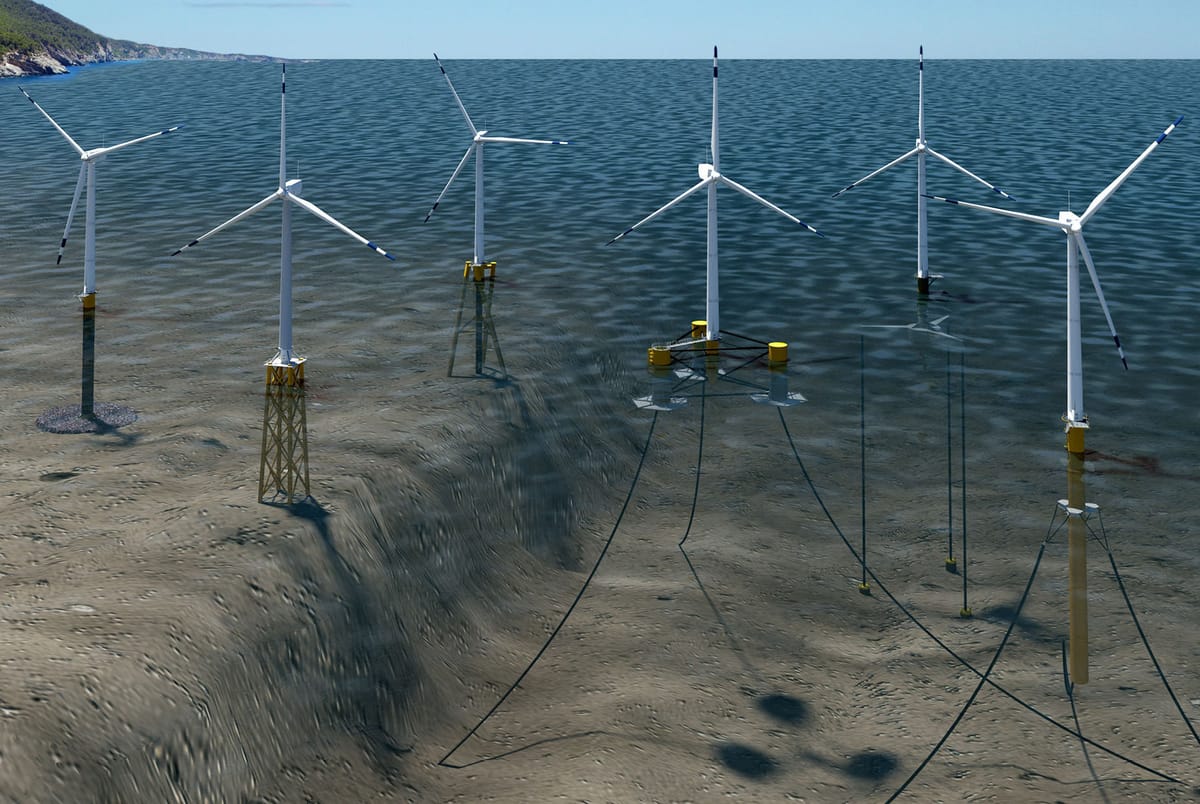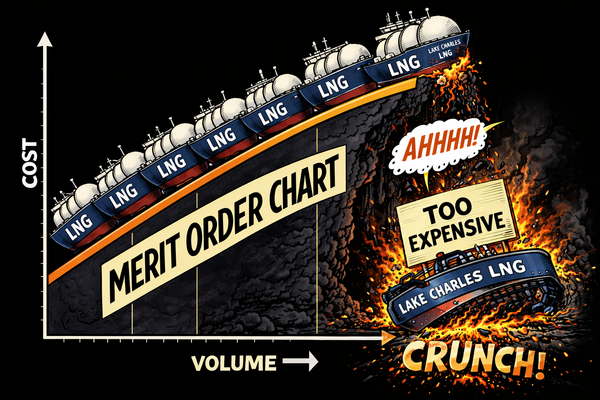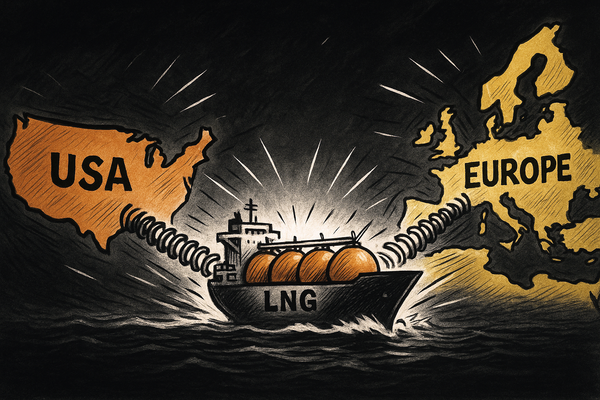Floating wind gets serious
Plus: $100 oil, Exxon resists Scope 3, Serbia kills lithium mine + MORE

FIRST UP: Floating offshore wind power is going mainstream, and Scotland is where it’s happening. Success could open up virgin offshore wind markets around the world, but only if technical challenges are overcome. That’s right here in this (rather long!) email 👇
BREAKOUT STORY: Europe will need a lot of natural gas for many years while it decarbonises, but is lacking a coherent strategy to meet residual demand during the transition. That’s this week’s breakout story (10-min read):
IN THIS EMAIL:
💥Heavyweights pile into floating wind energy
💥Oil is heading back to $100 this year
💥ExxonMobil ignores ‘Scope 3’ siren
💥UK government silent on windfall taxes
💥Lithium mining proves too divisive for Serbia
📺 ‘Quote of the week’
🌎Global headlines by key topic (20+ curated links)
🧠‘Can EU-ETS free allocation help decarbonise industry?’
💥 Heavyweights pile into floating wind
Floating wind turbines offer the potential to open up vast offshore wind resources in waters too deep for conventional seabed-mounted units. The engineering that makes this possible is advancing quickly, and demonstrator trials are validating commercial viability – assisted by dramatic scaling up of conventional offshore turbine technology towards 20 MW units that promise to drive down project costs.
The challenge for this segment lies in overcoming the increasing complexity that comes with larger turbines. Sure, 20 MW units means fewer turbines leaving fabrication yards to capture the same resource. But these truly mammoth machines will require extraordinarily complex mooring systems, particularly when deployed in very deep waters.
“While costs are coming down, floating projects are increasingly becoming much more capital intensive,” says analytics firm Quest Floating Wind Energy. Developers are responding to this by pursuing turnkey engineering solutions to simplify their supply chains and narrow their focus.
Sector progress can be measured by the kinds of companies leading it. No longer is development spearheaded by technology companies seeking to prove the worth of their intellectual property. The latest Scottish offshore wind licencing round unveiled incredible appetite from technology-agnostic project developers backed by some of the world’s biggest energy companies and investors.

Member discussion: Floating wind gets serious
Read what members are saying. Subscribe to join the conversation.






